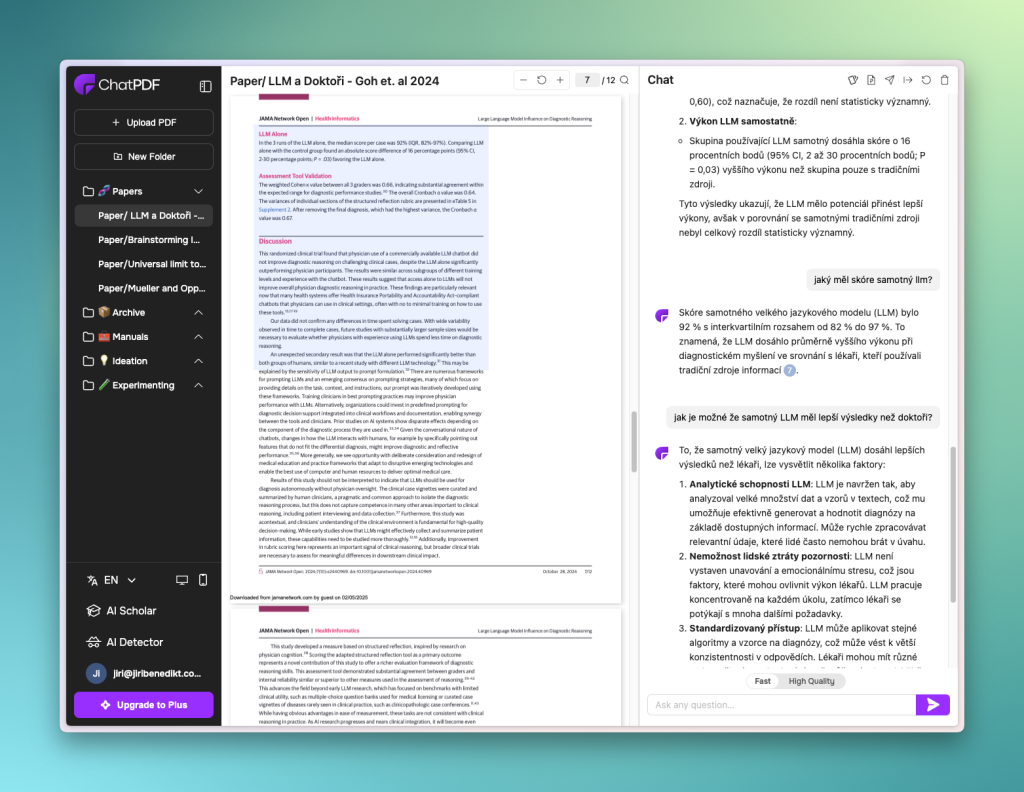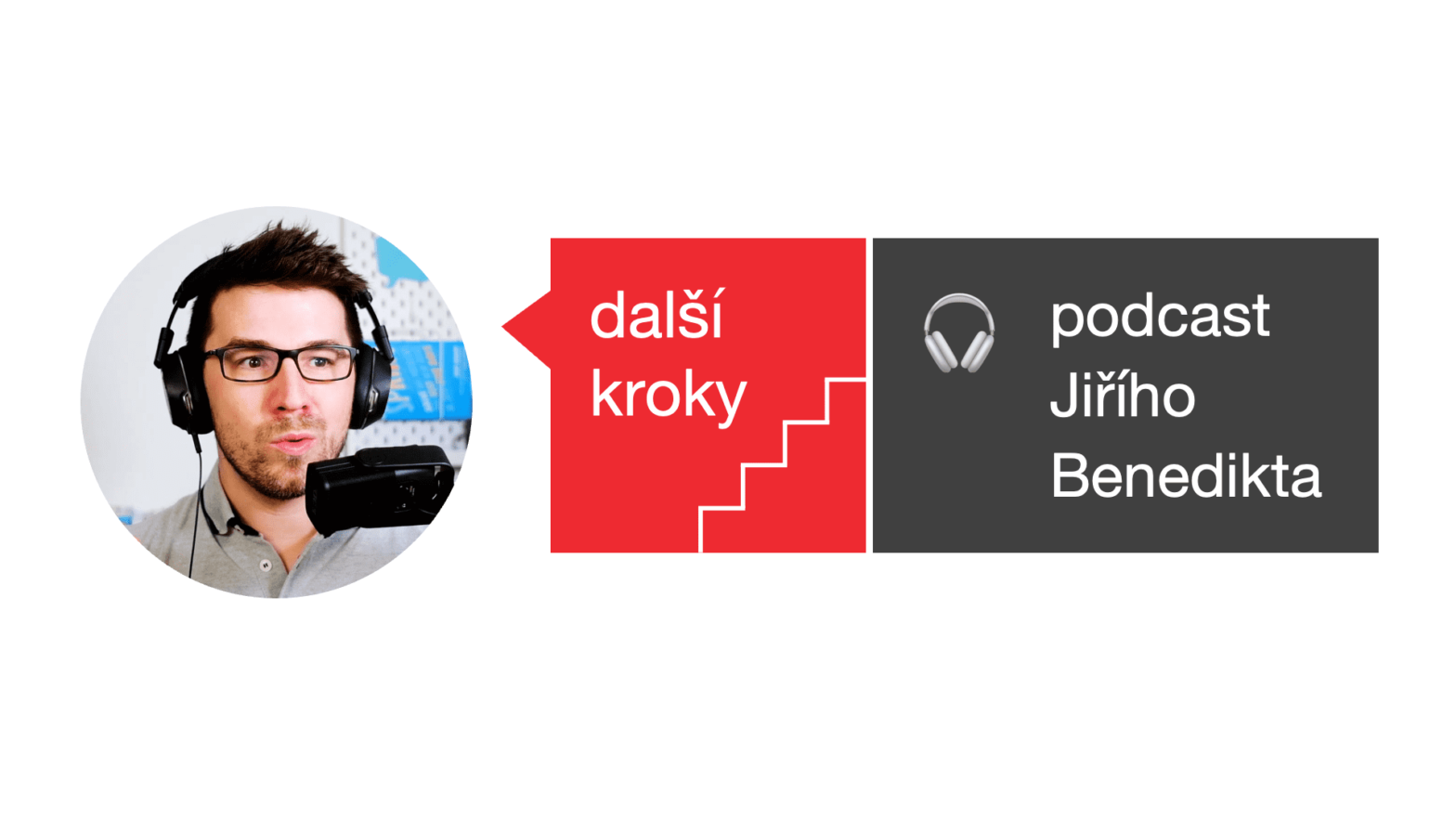Celý život jsme obklopeni chybujícími a zapomnětlivými lidmi, kteří vycházejí z neúplných, chybných či přímo lživých informací na internetu a všude kolem. To je problém starý jak lidstvo samo. Dokázali jsme si s ním do velké míry poradit. Věřím, že dokážeme zvládnout i nepravdy od AI.
🤷♂️ AI neví, co je pravda. Naštěstí to nevadí.
AI prostě neříká „pravdu“ v tom smyslu, jak ji vnímáme my. Umělá inteligence tvoří odpovědi na základě pravděpodobnosti dalšího slova či věty. Nezjišťuje fakta, pouze odhaduje, co bude znít věrohodně.
Pro mě to není překážka: AI mi nejvíc pomáhá, když mi dává zpětnou vazbu na moji práci, učí mě přemýšlet, vyjednávat. Doplňuje a vylepšuje to, co jsem vytvořil a dává mi novou inspiraci. A to jsou věci, u kterých faktická správnost není potřeba.
Co když si chcete ale nechat vyhledat a zpracovat nějakou informaci?
Držte se jednoduchých zásad, které platí ať už používáte ChatGPT, Claude nebo Copilot:
👉 Chybí citace? Vyhoďte to.
Bez zdrojů nemá smysl jakoukoli odpověď AI brát vážně. AI asistenti se sami podle vaší otázky rozhodnou, jestli odpověď dají „z hlavy“ nebo informace najdou a ověří z internetu. Pokud vám ale AI citace nedá, odpověď je k ničemu. Nejde ověřit. V takovém případě se zeptejte se znovu ověření na internetu si vynuťte:
– V ChatGPT stačí v nástrojích zapnout funkci „Prohledat Web“

– V Copilotu to nejde, tam mu musíte přeformulovat prompt a explicitně mu říct „vyhledej a ověř to na internetu“
👉 Ani s citací nemáte vyhráno:
Jak jste možná už slyšeli, ne všechno, co je na internetu je pravda. Proto když chcete mít důvěru ve správnost odpovědi AI udělejte následující
– Podívejte se, z jakých webů citace jsou. Jsou pro vás důvěryhodné?
– Ověřte přímo na citované stránce, že informace tam skutečně je tak, jak ji AI asistent cituje. Občas se totiž stane, že zejména složité webovky prostě nepochopí.
👉 Pozor na shrnování dokumentů
Na shrnování velkých PDF jsou AI asistenti šikovní, ale neberte sumář jako bernou minci, můžou v něm být chyby. Použijte ho spíš jen jako přiblížný obraz celého dokumentu, který vám pomůže se lépe zorientovat v textu.
Umělá inteligence je skvělá, když ji spojíte s vlastní přirozenou inteligencí. Takže s chutí do toho, ale zapojte kritické myšlení.
Mimochodem, jak jste na tom vy, halucinuje vám AI hodně? Pokud ano, jaký nástroj a jaký model?
Díky za pozornost a hezký start prázdnin všem.
🙋 Jsem inovátor na volné noze:
– Pomáhám firmám s inovačními projekty.
– Učím lidi ve firmách AI a inovační dovednosti.
– Školím jednoduchým jazykem, zábavně a trpělivě.
– Tvořím videa, točím podcast a píšu blog.




